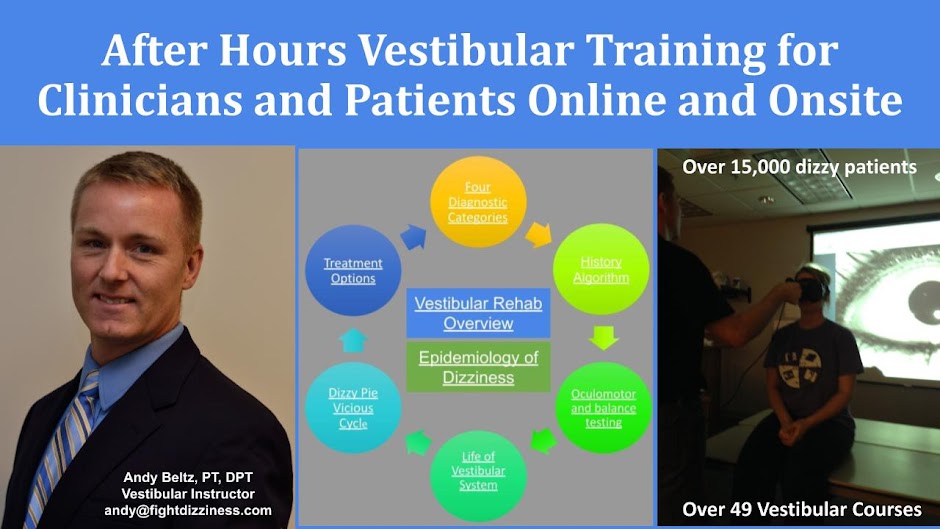Should outpatient neurological rehabilitation therapists use the word discharge when helping clients with neurological conditions? In my opinion, discharging outpatient clients battling neurological diseases implies an end to their journey toward being the best version of themselves they can be. The IV STEP conference conducted in 2017 at Ohio State University provided direction for the future of neurological rehabilitation by identifying four key elements to include in patient care.1 These four themes support a holistic approach that rightfully makes discharging clients with neurological conditions in outpatient settings a treatment strategy of the past. The four elements named include:
Prevention
Prediction
Plasticity
Participation
As we focus on our role as leaders in outpatient neurologic rehabilitation into the 20s and beyond, I believe these four critical themes outlined will help us expand and sharpen our focus to be involved in lifelong rehabilitation for individuals battling neurological conditions. Lifelong rehabilitation involves helping create programs and environments. It establishes new behaviors to help prevent the disease from getting worse. Lifelong rehabilitation encourages occasional exams through the year or years to help predict functional improvement/decline and monitor neurological performance, which helps provide accountability and leads to skilled decision making. Lifelong rehabilitation helps guide behavioral exercises physically and mentally to optimize neuronal plasticity as our bodies change with time and includes support for participation in wellness programs long term. These four elements are continuous with one another and really have no end. I have included a graphic of my view of these elements in rehab of our clients below:
We, as neuro therapists, may migrate more naturally toward one or two of the elements with our clients, but we should work hard to include all four elements in our rehabilitation plan of care. These elements help confirm our need to be involved in our client's rehab through the entire lifespan, not just a short period of time. I have never felt discharging clients battling neurological diseases was appropriate, and these elements support my belief.
Provide at least one example of a theme and/or key finding from the conference which you believe you already integrate into your practice regularly.
At this time, I integrate all four elements into my practice regularly. For instance, if I am working with a patient who has had a stroke, I will work on overall health and wellness through counseling on diet, stress management, medication compliance, sleep hygiene, aerobic and strength training, and social interaction. I regularly take blood pressure, pulse and encourage consistent follow-up physician appointments. All of these professional behaviors are forms of prevention.
After working with clients who have had strokes for 21 years, I have learned how to predict which clients will recover high levels of normal movement function and which will need to learn compensatory strategies to be as mobile as possible. I encourage plasticity through task practice and high levels of functional training daily and recommend participation in stroke support groups, exercise classes, and health and wellness programs throughout their rehab experience.
I regularly teach my patients with neurological conditions that rehab is a lifelong process. I do not like having to “discharge” clients from my care as I believe that terminology provides an impression that therapy is ending. I explain to my clients that therapy will never end and that their lifelong participation in becoming the best version of themselves can be a lifelong goal.
Comment on elements from the article that surprised you, questions or concerns you have about the conference findings, AND/OR barriers you foresee in translating findings to real-world practice (either personally in your practice or as a profession).
The comment that surprised me the most in the article was regarding the idea that certain genetic markers likely have a profound influence on motor learning and impact plasticity.1,2 Up until this point, I have usually considered non-genetic variables, such as stroke severity, medications, timing, and therapy intensity, as reasons for lack of progress following a stroke. The idea that we could predict the likelihood for plasticity following a stroke based upon genetic makeup is fascinating. If this type of testing and application to rehabilitation is accurate, our energy toward compensation vs. functional recovery may be impacted.
“I attest that this submission represents my own work and is compliant with Arcadia’s standards for academic integrity.”
1.Kimberley TJ, Novak I, Boyd L, Fowler E, Larsen D. Stepping Up to Rethink the Future of Rehabilitation: IV STEP Considerations and Inspirations. J Neurol Phys Ther. 2017 Jul;41 Suppl 3 Supplement, IV STEP Special Issue: S63-S72. doi: 10.1097
2. Pearson-Fuhrhop KM, Minton B, Acevedo D, Shahbaba B, Cramer SC. Genetic variation in the human brain dopamine system influences motor learning and its modulation by L-Dopa. PLoS One. 2013;8(4):e61197.

I?m no longer positive where you’re getting your information, however great topic. I must spend a while learning much more or working out more. Thanks for great info I used to be on the lookout for this information for my mission. teen iop
ReplyDeleteMachos Gracias for your blog. Really thank you! Will read on...
ReplyDeletePhysiotherapy near Surrey
Very efficiently written information. It will be beneficial to anybody who utilizes it, including me. Keep up the good work. For sure i will check out more posts. This site seems to get a good amount of visitors. neurological rehabilitation therapy
ReplyDelete